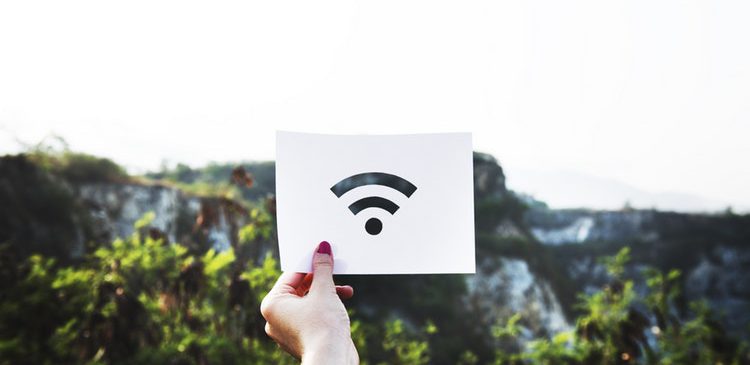What is Virtual Fax, and how does it work?

Fax might be a word that you haven’t heard in a long time, but you would be surprised to learn that many companies are still faxing nowadays. However, as technology is undergoing a continuous revolution, fax is no longer the same as it was decades ago. In this article, we will explain what is Virtual Fax, what are its main characteristics, and what makes it different from traditional fax
What is Virtual Fax?
Virtual Fax, also known as Internet Fax or Online fax, is based on the Cloud and the use of Internet as the main technologies for sending secure documents to third parties. Simply put, it is an online system that allows companies to send and receive faxes from virtually any place that has an Internet connection: either via email or through the cloud-based platform of the fax provider.
How does Virtual Fax work?
Virtual Fax is based on the same principles as traditional fax, except that the transmission of documents happens using Internet protocols rather than a standard telephone connection and an onsite fax machine. In this case, there is no need for software, fax server, or a fax machine, as longer as the sender and the receiver have an electronic device (a computer, tablet, mobile phone, etc.) with an Internet connection.
Fax via email happens in the following way:
- The sender attaches a document to an email message.
- In the address field, the sender types down the fax number of the recipient, followed by the name of the fax service provider – for example, in the case of our Virtual Fax service eComFax, the address field will look like this: 43214441234@ecomfax.com
- The fax machine reads the attachment, and sends the data across the phone line.
- The recipient’s fax machine, computer, or any other device used to receive the documents decodes the message, and makes it available for the recipient.
Types of Fax
– Traditional Fax
The traditional method of faxing happens over telephone lines, and transmits data in the form of pulses from one fax machine to another. However, it only allows one fax to be sent and received at the same time, and it often experiences delays if the equipment is not T.38-compliant.
– Virtual Fax / Internet Fax
Over the last decade, more and more companies have been switching from traditional fax to Virtual Fax, and this happens for a reason: compared to traditional fax and its delay issues, faxing over the Internet it is much more convenient, faster, and cost-efficient for businesses.
Because Virtual Fax doesn’t require a telephone connection, there are no long-distance transmission costs, and reception is verifiable. Additionally, solutions like eComFax take this convenience even further by delivering faxes with a Proof of Delivery certificate.
When a fax is sent over the Internet, the system uses the connection to the office LAN, and sends data via TCP/IP directly to the recipient, reducing costs significantly.
– Computer-based faxing
As opposed to Internet fax, computer-based faxing sends data over the telephone network to be received by the computer´s modem. However, because it still uses a phone connection for the transmission of data, the computer needs to be turned on in order to receive faxes, and the documents will no longer be readable by computer applications (unless optical character recognition is applied).
– Mobile-based faxing
Another common method for sending files is mobile-based faxing. This method uses mobile applications to enable the sending and reception of documents without the need to have a landline connection or any type of hardware.
With this method, users have to install a fax app on their smartphone, and be subscribed to the fax service provider. After that, the user scans the document with his phone’s camera, and is ready to send it as a fax.
This type of fax is usually more convenient for individuals or really small companies, as it usually doesn’t offer the storage, features, and cost-efficiency that bigger companies need.
However, for a long-term storage (5+ years), Proof of Delivery certificates, and secure delivery of faxes in compliance with PCI-DSS, GDPR and MiFID II, we recommend Virtual Fax solutions such as eComFax.
